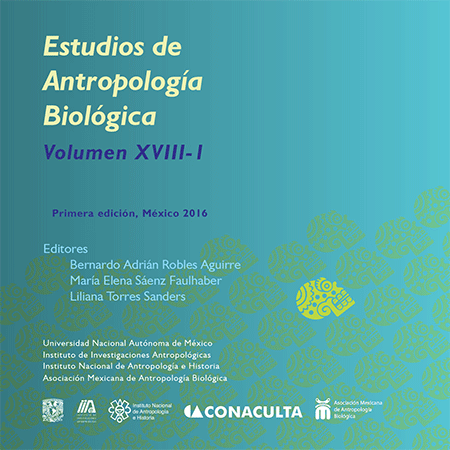Evolution of dental morphology in northern Yucatan: form prehispanic to modern
DOI:
https://doi.org/10.22201/iia.14055066p.2016.56853Keywords:
Dental morphology, Yucatan, Mayan settlementAbstract
The ancient pre-hispanic Mayans have been characterized by relative stability in terms of biological structure and dental morphology, especially in the Yucatan Peninsula, the geographical and chronological homogeneity, has been characterized by the relative lack of genetic and morphological substructures. However, since the early Colony, the arrival sometimes gradually and sometimes massive of individuals from different parts of the Americas and other continents, generated a changing process in genetic structure of the po-pulation, reflected in the morphological structure of the teeth. This study analyzes the dental morphology of five sites in northern Yucatan, two pre-Hispanic Late Classic, a collection of Early Colony of Campeche in whose cemetery were buried Europeans and Africans, two collections of a modern city of Merida, one Current and another of the late ninth century and early twentieth century. Statistics show a gradual change observed in modern cities population of increasingly mixed populations different from the original.
Downloads
Downloads
Published
How to Cite
Issue
Section
License

http://creativecommons.org/licenses/by-nc-nd/4.0/

